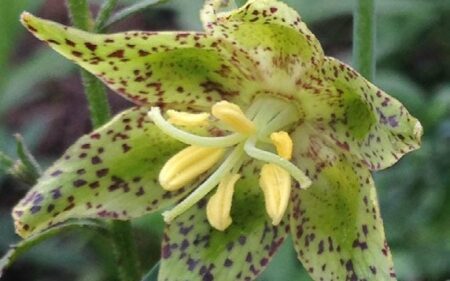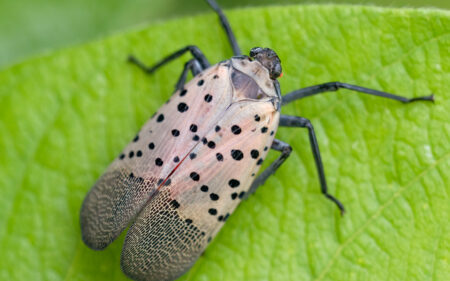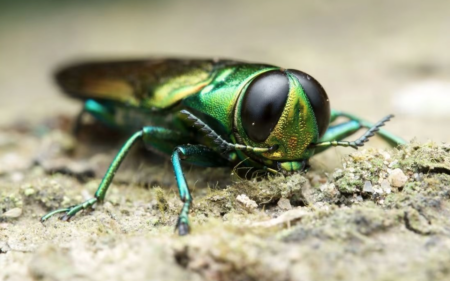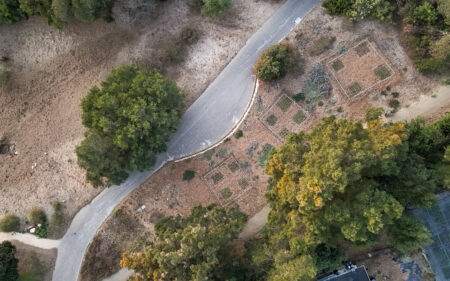Conservation Symposium Celebrates Recovery on the Islands of the Californias
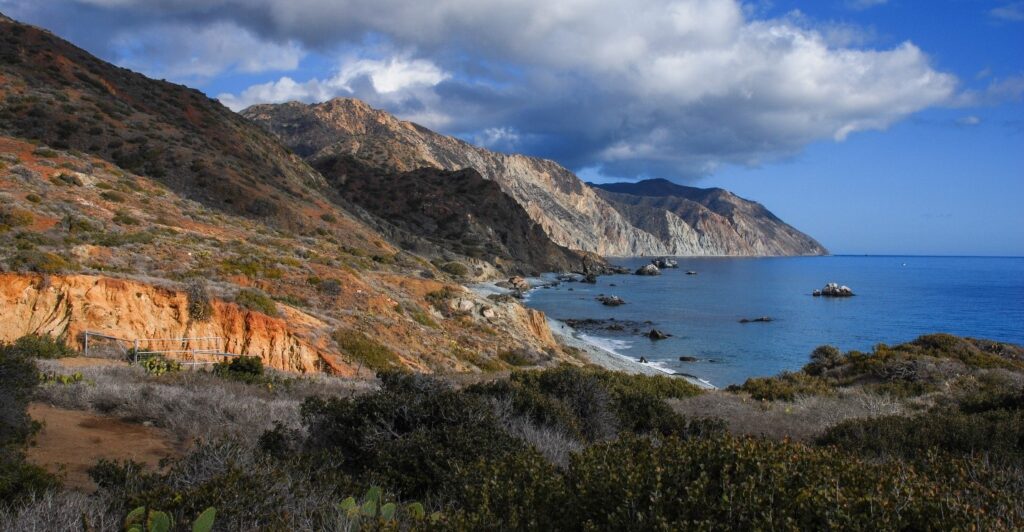
The islands of the Californias are precious gems strung along the coast of western North America — stunningly beautiful and home to unique plants and animals found nowhere else in the world, like the diminutive island fox, the cobalt blue island scrub-jay, and the iconic island oak. These unique ecosystems are particularly vulnerable to introduced species, however; 75% of bird, mammal, and reptile extinctions have occurred on islands. On these California and Baja California, Mexico islands, a suite of nonnative, invasive animals were introduced between 150 and 100 years ago. Fenced in by the ocean with no animal predators, populations of sheep, goats, deer, and more reached unsustainable densities. Having evolved without any herbivores larger than a rodent, the naïve island plants had lost their defensive spines and chemicals, and were targeted like baby salad mix. Voracious rats, cats, and mice plucked baby seabirds from the cliffs. Argentine ants did more damage than creatures many times their size and biomass, inhibiting native insects, rodents, and reptiles. Without the native vegetation to hold it together, bare soils eroded in sheets off of the landscape, leaving tree roots exposed up to an adult human’s hip. Whole new sandspits were formed from the eroding soil — enough to alter topographic maps.
Fortunately, indomitable conservationists stepped in across the archipelago to do the near impossible job of removing these invaders. Against steep logistical, legal, and political headwinds, these conservation heroes stayed firm in their knowledge that the islands couldn’t recover without this crucial action – and they made it happen. In February 2023, Santa Barbara Botanic Garden (SBBG) bestowed their Pritzlaff Conservation Award on three of the many conservation heroes who have led these efforts: Peter Schuyler from The Nature Conservancy and Catalina Island Conservancy, Kate Faulkner from the National Park Service, and Grupo de Ecología y Conservación de Islas in Baja California, Mexico. These awardees were joined by seven other speakers at the Garden’s hybrid in-person/digital Conservation Symposium on February 25th, to celebrate the recovery that followed: vegetation transforming from a sea of invasive grasses to diverse native shrublands, and rare plants and animals recovering and recolonizing. The recovery process made possible many other efforts, including thousands of tree plantings and the fastest removal of a mammal (the island fox) from the endangered species list in history.
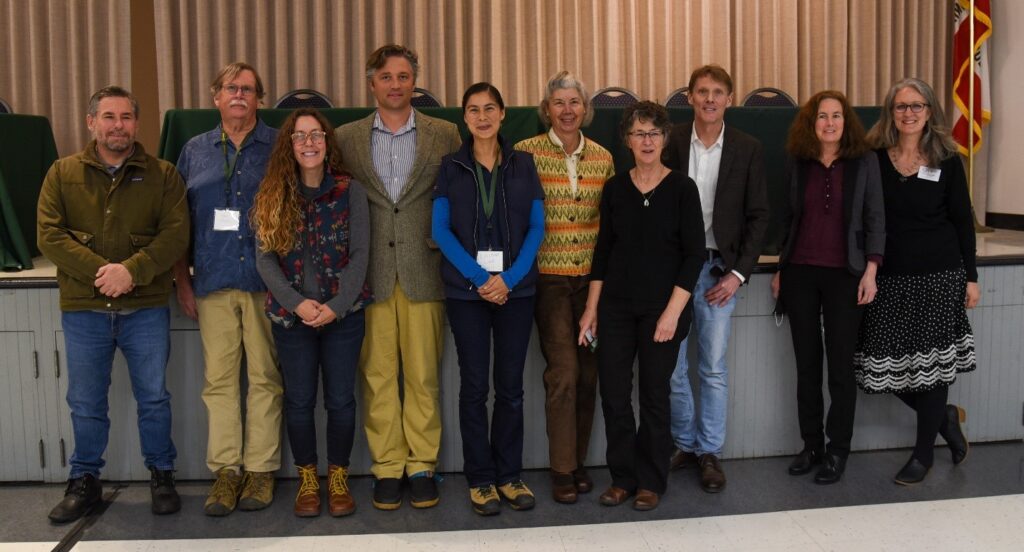
In their talks, Kate Faulkner and Peter Schuyler focused on the ingredients for success. For Kate, people, partnerships, and persistence are key. When Anacapa Island rat eradication was challenged in court, an Environmental Impact Report, well-prepared by collaborators, led the judge to rule in their favor. A required public meeting about feral pig removal on Santa Cruz Island wasn’t going well – until a local veterinarian stood up and supported the project. This lent credibility and “changed the tenor of the entire meeting”, with many others standing up in support of the project. Faulkner noted how important it is to work with the media and get your story out there – which for them, was aided by a partnership with The Nature Conservancy. Peter added three ingredients to the mix: preparation, adaptability, and passion for getting the work done. Preparation is important for (among other things) avoiding unintended consequences (like the release of invasive plants), and documenting recovery. He found adaptability to be key when funds kept running out or opportunities came up on short notice. Peter also noted that it is critical to have a vision for success.
Grupo de Ecología y Conservación de Islas, represented by Federico Méndez Sánchez and Luciana Luna-Mendoza, has all of these ingredients. They described how 60 eradications on 39 of the Mexican Islands have benefitted 206 endemic species to date. Of 27 extirpated seabird colonies, 23 have recovered and 12 new species have colonized. They have also benefited from many partnerships: between NGOs and the federal government within Mexico, as well as a trinational collaborative and binational biosecurity working group. Their vision is that by 2030, all of the Mexican islands will be free of invasive mammals.
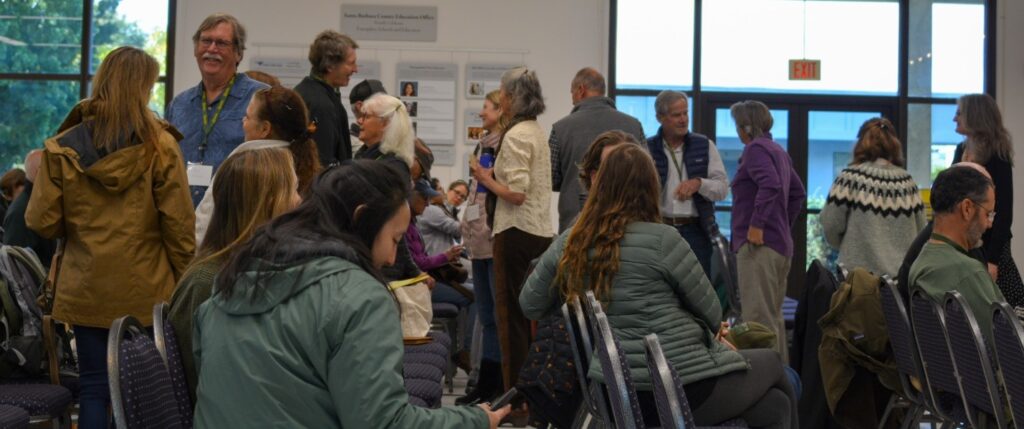
Rare plant recovery was the focus of talks by Kathryn McEachern from the U.S. Geological Survey, Heather Schneider from Santa Barbara Botanic Garden, and Kim O’Connor from the U.S. Navy. Kathryn described an average 270% increase in rare plant abundance over 16 years following their removal. Santa Rosa Island endemic Torrey pines had been reduced to about 100 individuals in 1988, but number over 12,000 individuals today, while box bedstraw has been moving off of the cliff faces where it evaded the animals and back onto the terraces, and will soon be de-listed. Heather told of a multi-year collaborative effort to conserve and recover 14 listed species, which entailed 540 rare plant observations across seven islands to plan recovery. Many new populations were found and over 400,000 seeds were collected from plants grown in the SBBG nursery to increase populations. Kim described how four plants and one bird were delisted in January – the largest group delisting in the 50-year history of the Endangered Species Act. Remarkably, this was achieved on one of the most heavily used military training ranges. She hailed many of the same ingredients for success, adding the importance of a culture of stewardship within Naval Base Coronado, and sufficient program funding (they have a $6 million/year annual budget for natural resources!).
John Knapp (The Nature Conservancy) and Bill Hoyer (U.S. Navy) took us several steps beyond the removal of large herbivores. John described how using small, maneuverable helicopters allowed him and his crew to survey 55 invasive plants and target 28 for eradication 12x faster for half the cost (and more safely to boot). Fourteen of their 28 targets have been controlled to zero density over the past 15 years, with only 10% of 1,000 infestations still requiring follow-up. Helicopters have also been a key tool in their ongoing eradication of Argentine ants. Bill described how San Nicolas Island became one of the largest islands on earth to remove cats without a toxicant, via novel tools and a multifaceted partnership. The endemic island night lizard, released from the cats’ predation pressure, was delisted in 2014 and later successfully colonized cactus scrub habitat that was restored for their benefit. Today, the focus has turned to the search for a biocontrol agent for invasive crystalline iceplant – and a weevil from South Africa may just be the ticket.
Scott Morrison from The Nature Conservancy rounded out the day by reminding us that Islands are model systems for increasing the pace, scale, and effectiveness of conservation. Luckily, on the islands of the Californias, we have the momentum of decades of conservation leadership and accomplishment to build from.
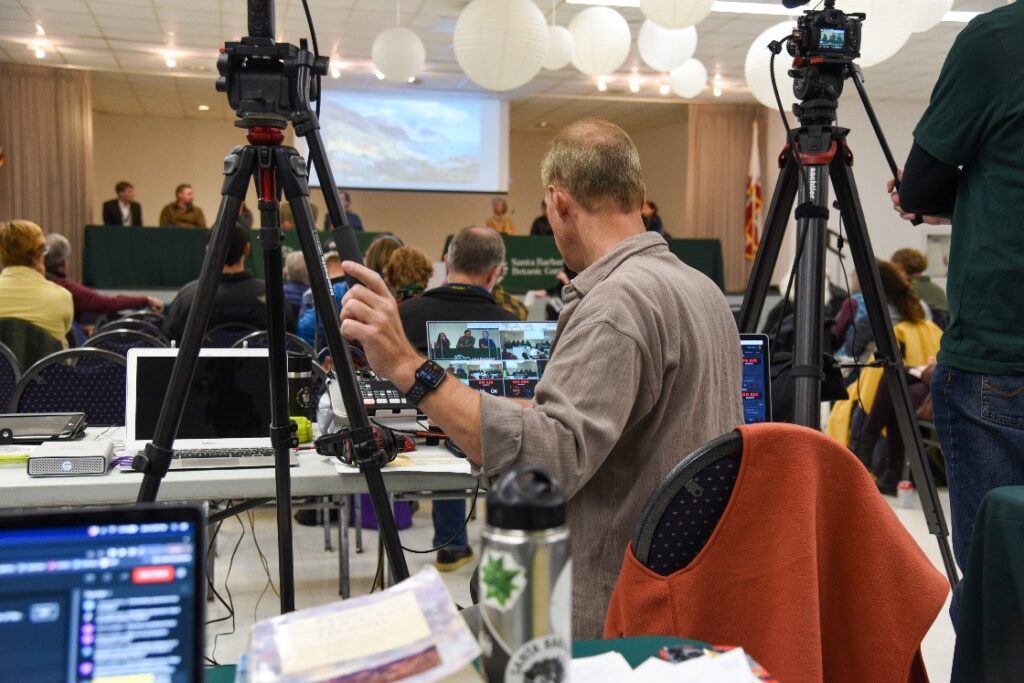
Each talk is available on the Garden’s YouTube channel linked here.
 Donate
Donate